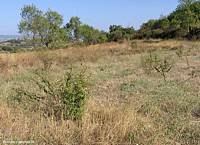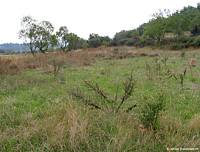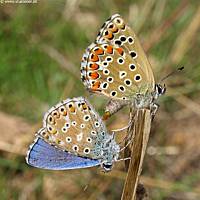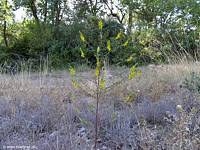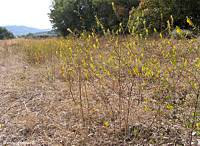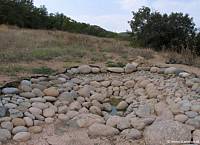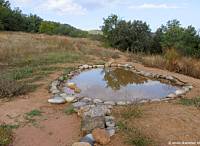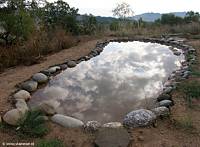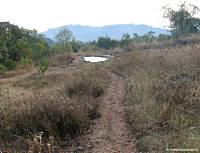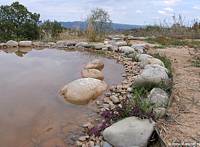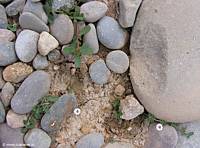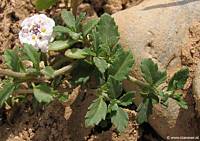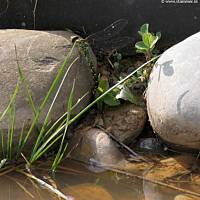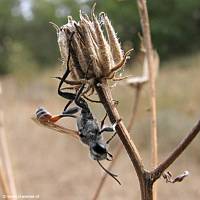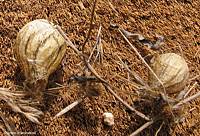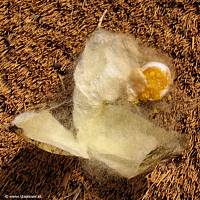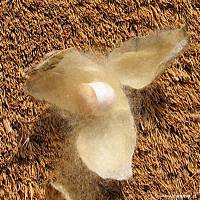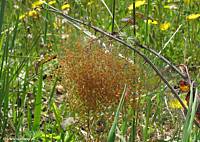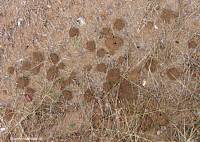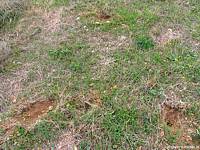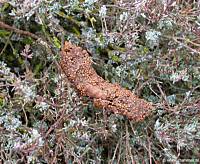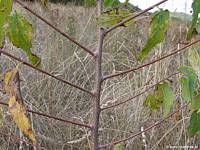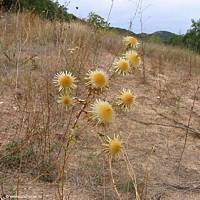|
|
Nature
Switched On
|
|
|
introduction |
2007 September 29 & 30, Saturday & Sunday September is a month of transition. The first half is usually still quite hot and dry while in the second half the autumn rains start to fall. This is what happened last year and was repeated this year. Its causes a remarkable change in the vegetation as the two photographs below show; the last one was taken only two weeks after the first.
It is almost something like a second spring when you see the fresh green grass sprouting (especially Bromus diandrus). This is probably what this couple of Polyommatus bellargus must have thought. |
|
|
The lower north-east corner, looking south-east. |
The same plot on Sunday 30 Sept 11:14. | |
|
Two mating Polyommatus bellargus.
|
||
|
To the 8 waves of flowering plants that I mentioned on 28 July, I can now add another one: Odontites luteus. It's a hemi-parasitic annual plant that tinges many parts of the terrain with a nice yellow colour. |
||
|
Odontites luteus
on the highest terrace. Photograph taken on 11 Sept 2007 16:53. |
||
|
Odontites luteus on the highest
terrace, looking south-east. |
||
|
For the pond the changes
|
||
|
The pond on 14 Sept 2007 15:17. |
||
|
The pond on Sunday 30 Sept 9:40.
Looking north-west. |
||
|
Looking south-east. |
Looking south-east. |
|
|
Little by little the vegetation starts to fill the spaces at the
border of the pond. Two weeks ago I embarked on an operation that
could be called playing with fire. When we were walking on the
bottom of an almost dried up lake of a dam, we noticed
a nice little flower that was colonizing the shore resulting in a
beautiful green carpet with the occasional yellow-white spots of the
flowers. It belongs to the Verbenaceae family and resulted to be
Lippia filiformis, a notorious invader from the
|
||
|
South border of the pond. Saturday 29 Sept 15:16 |
||
|
Lippia filiformis in the company
of Portulaca oleracea on the border of the pond. |
||
|
Lippia filiformis. |
||
|
There was a distinguished guest at the pond: Aeshna
viridis, a relatively big dragonfly which makes quite a noise
with its wings when flyin
This insect is still to be determined. Its abdomen (?) is so
separated from the rest that you wonder if it really belongs to the
body. |
||
|
Aeshna
viridis on the border of the pond. Sunday 11:52 |
||
|
A caterpillar hunter on a dry
Lomelosia stellata
flower. |
||
|
|
||
|
Cocoons of the Wasp Spider on
the doormat of the caravan. Photograph taken on 13 Sept12:03 |
||
|
Opened cocoon of Wasp Spider. |
||
|
Recently hatched spiders. |
||
|
|
||
|
Worm heaps on the central higher
terrace. Sunday 9:55 |
||
|
Diggings of a badger? Saturday 15:41 |
||
|
Dropping of a badger? |
||
|
With the falling leaves of autumn some species reveal again their
|
||
|
Dried flowers of a thistle. |
Branch structure of the European
nettle tree (Celtis australis). Sunday 12:00 |
|
|
Last August we paid a visit to the Ecocathedral of Louis Le Roy in the north of the Netherlands. For a visual report, visit Gallery 14 on my website. |
||
|
introduction
|
|
